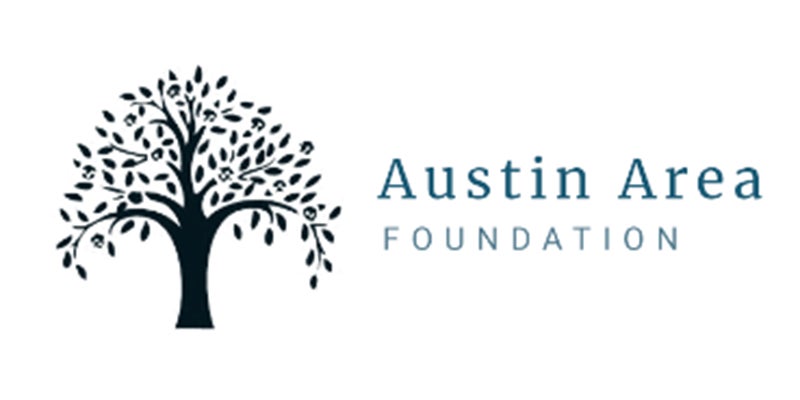DNR says local deer population has stabilized
Published 6:43 am Monday, February 22, 2010
The Minnesota Department of Natural Resources has achieved its goal of stabilizing the local deer population.
“The harvest this year was very, very similar to a year ago,” said Jeanine Vorland, area wildlife manager with the DNR.
The 2009 harvest was down about 6 percent compared to 2008 in permit area 255, which encompasses most of Mower County. About 690 deer were harvested in that area, according the preliminary numbers released by the DNR. In area 254, which also includes a small part of Mower County and Freeborn County, the harvest also dropped by about 6 percent, with 843 deer harvested.
In Minnesota, hunters harvested 194,178 deer during the 2009 season, according preliminary numbers released in a DNR press release.
The 2009 statewide firearm harvest decreased by 13 percent from 2008. Firearm hunters harvested 165,428 deer. The archery harvest decreased by 9 percent: 20,569 deer. The muzzleloader harvest decreased by 9 percent: 8,091 deer. At the same time, the buck harvest in 2009 decreased by 1 percent lower than 2008, and archery and muzzleloader hunters took 6 percent and 11 percent more bucks in 2009, respectively.
However, the 2008 harvest numbers had dropped significantly from the 2007 season, Vorland said. The 2008 harvest in Minnesota was about 30 percent lower than 2007, Vorland said. That was largely intentional because a shift in how the DNR managed the deer population.
“In 2007, we had been putting some fairly heavy pressure on the deer herd for several years prior to that, and we wanted to reduce on antlerless deer to stabilize … the deer population,” she said.
After aiming to decrease the deer population prior to 2008, the DNR changed their goals in the past few years. Using citizens input, the DNR decided to change for a trend of a declining deer population to a slightly increasing population.
As one way of controlling to population, the DNR adjusted hunting licenses. Anlertless deer could only be harvested with a permit obtained through a lottery, but Vorland said most hunters who filled out an application received a license.
Meeting these goals isn’t simple, as winters and other factors can play in determining the trends of the deer population, Vorland said. A longer winter with heavy snowfall — like this year — can affect the fawns in the spring, Vorland said.
The deer population is strong around the Austin area, Vorland said, because there’s good winter cover around Austin.
Vorland estimated there are about 2 to 3 deer per square mile in the countryside in the Austin area, but that number increases once fawns are born. However, the deer population varies from mile to mile.
“What you see out your backyard might not be what you see in the broader landscape,” she said.
Across the state, the DNR allowed hunters to hunt fewer deer during the 2009 season because deer populations had previously been reduced to desirable levels.
Vorland said the DNR is looking to use better census details in the future as it can be difficult to estimate the number of deer in an area.





